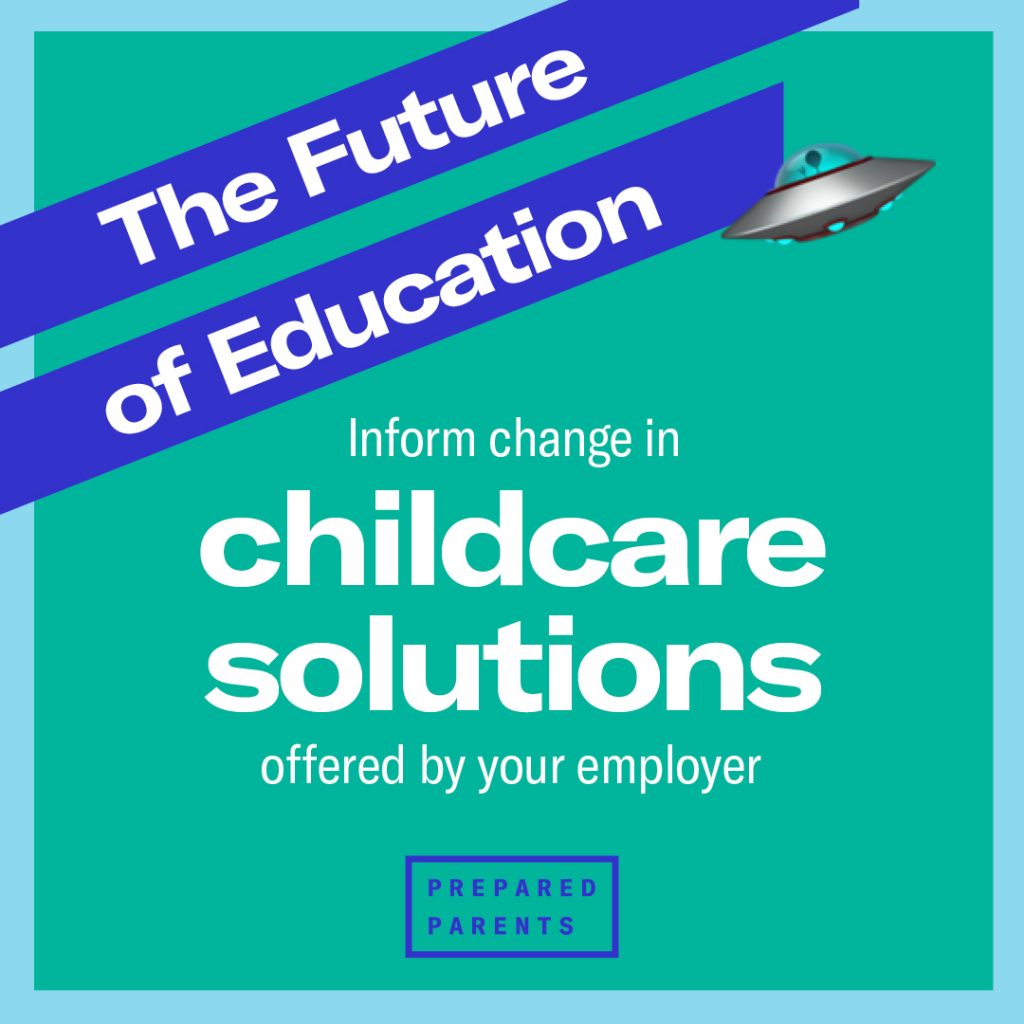
Back in July, we talked to you about challenging employers to listen to the concerns of their employees who are balancing remote work with supervising their kid’s learn-from-home. Some—but not enough—employers heard us. Here’s what some employers now offer their employees, 7 months into the pandemic.
Some of the big guys like Microsoft, Facebook, and Google are offering paid time off to employees who are parents. Others are turning empty office space into microschools or hubs for remote learning for their employees’ children. But according to this NYTimes survey, three-quarters of working parents say their employers are not providing additional time off or money for child care this fall.
“I was expecting to hear more, ‘I need a break or to tap out.’ Instead, [our employees] are basically saying, ‘How can I hack human biology to serve in three different jobs and never have to sleep?”
-Erin L. Thomas
Vice President for Diversity and Talent Acquisition at Upwork, when asked about challenges working parents face right now
This will come as no surprise: If you’re a high-earning, highly educated worker, you’re more likely to work flexible hours, get time off, or receive subsidized child care or some type of kid-centric learning opportunity like tutoring. In other words, the parents who need the most help still aren’t getting it. Here’s the problem, though: there aren’t a lot of companies that can afford to subsidize child care right now while we’re in a pandemic-induced recession.
We’re still pretty far behind other developed, wealthy countries in providing subsidized child care, but coping with a global pandemic has opened a lot of eyes to the fact that the U.S. economy is dependent on child care. No child care—no working parent. And flexible work schedules are just not cutting it. Parents would rather have money for babysitters, tutors, pod teachers, and other child care providers than flex time.
Two things need to happen:
- We need to push for change right now before more of us are forced to drop out of the workplace.
- We have to keep the pedal to the metal on this and push for permanent change.
So, for you parents who would love to continue working without working late into the night or at an ungodly predawn hour, here are some strategies to inform change by your employer:
- First, do your research. Know and understand what your employer already offers in child care benefits. If there is a childcare center close to your workplace, call and find out if many employees use it. Ask if they offer bulk discount rates to employers—you may be surprised by how many are willing to do this.
- Look into a Flexible Spending Account. Does your employer offer a dependent care flexible spending account? It’s called an FSA, and it’s often included in benefits packages. A portion of your pre-taxed income is diverted to the FSA and can be used for medical co-pays or prescriptions, and may be used to pay for child care, preschool, or before and after school care.
- Come up with a plan. This is an age of innovation, so be innovative. Brainstorm with co-workers to design a workable strategy that not only benefits you, but also your company.
- Then, talk to your manager. Let’s not complain but offer constructive solutions to company leaders. There’s strength in numbers, so get support from co-workers and present a united front without being confrontational.
- Ask a senior mentor for “advice.” There’s more than one way to skin a cat (with apologies to cat parents). Socialize your predicament at senior levels informally, in the guise of seeking advice. Disingenuous? Sure. But also potentially more effective than complaining to HR.
- Get community support. Can your company partner with a local service organization to provide child care? Some libraries are offering their facilities as hubs for remote learning.
- Get creative with unused office space. Is there anyone in your larger network who might provide care for kids in unused office space? Consider pooling resources with colleagues to pay a college-aged student taking a gap year, a retiree, or a furloughed worker.


